Should I Put a Windshield on My UTV?
Quick Answer: Putting a windshield on your UTV boosts safety, comfort and visibility considerably. However, it also increases maintenance needs and costs. Therefore, assess your specific usage, climate, regulations, and budget when deciding. Ultimately, windshield benefits like debris protection and weather shielding should outweigh the added care for most recreational, farming, or hunting applications. Carefully matching the windshield to your particular UTV model optimizes returns on investment through customized protection.
I. Introduction
Adding a windshield to your utility terrain vehicle (UTV) is a popular upgrade that offers increased protection, comfort, and visibility during rides. However, it also impacts maintenance requirements and legal compliance. Weighing the pros and cons helps determine if installing a windshield matches your specific needs.
II. Safety
Protection from Debris: Windshields effectively act as protective barriers against hazardous trail debris that can cause injuries to exposed riders. This includes loose rocks kicked up by tires, clouds of dirt and dust, and swarming insects. Larger windshields with maximum coverage area block such flying loose impediments more effectively to enhance safety.
Reduced Distractions: Battering headwinds, visually impairing dust storms, and distracting mosquitoes or bees around one's face/eyes are common riding annoyances that increase accident risks due to diverted operator attention. Windshields alleviate these unsafe riding distractions by obstructing wind gusts and deflecting airborne particles, allowing drivers to maintain visual focus on the path ahead rather than trying to flinch away from nose-diving bugs. Windshields also reduce neck strain from headwinds via smoother front aerodynamics.
Enhanced Protection in Accidents: Windshields provide supplemental occupant protection in case of accidents - whether minor rollovers or impacts with brush/branches alongside the trail. While the windshield may crack or shatter on heavy impact, it helps cushion and deflect some of the collision force that would otherwise directly strike riders. This added protective layer is especially effective alongside door nets or gates to further shield occupants.
III. Comfort and Convenience
Weather Protection: Long periods of exposure to beating sunlight, bitterly cold winds, stinging precipitation, or swirling snow while riding open-air UTVs can progress from exhilarating to downright miserable. Windshield enclosures provide a comfortable barrier, buffering riders from such harsh elements and allowing enjoyable rides to continue despite adverse meteorological conditions. Side weather strips and rear seat cowlings further augment weatherproofing.
Comfort for Longer Rides: Frigid headwinds and neck-craning sun glare accelerate operator fatigue on lengthy rides, curtailing trip durations. Windshields alleviate these discomfort factors, blocking chilling winds and diffusing intense sunlight. The resultant added comfort allows physically easier long-distance rides compared to exposed operation. Windshield aerodynamics also minimize neck strain and headaches by smoothing airflow.
IV. Visibility
Clear Vision in Diverse Weather: Windshields allow continued clear sight lines even in otherwise vision-obscuring conditions like glaring sunlight, dense rainfall, and blinding snow flurries. Optimally angled windshield glass or polycarbonate materials cause precipitation and snow to quickly bead off instead of obstructing vision. Specialty coatings further augment the beading effect while blocking glare. This reliability of sight in poor conditions enhances safe operation.
Maintenance for Visibility: Optimal windshield visibility requires conscientious cleaning and maintenance. Splattered insects, airborne dust, and mud accumulate on the windshield over months of use, while wayward branches and brush can scratch the surface. These vision impediments increase over time, progressively reducing sight clarity and increasing accident risk. Regular thorough cleaning and scratch removal restores full visibility, while cracks and chips necessitate glass replacement to maintain visual acuity.
V. Vehicle Maintenance Considerations
Impact on UTV Maintenance: Windshield additions measurably increase total vehicle maintenance requirements. The added windshield surface area necessitates regular washing to maintain visibility. Inspector sealants, mounts, and hinges must be checked for deterioration. Impact-caused cracks in glass or polycarbonate require timely replacement to sustain integrity. Any windshield wipers, electric defrosters, or associated wiring also periodically demand service.
Longevity and Durability: Aftermarket UTV windshields utilize specialized resilient materials like polycarbonate and acrylic that withstand years of stress and impacts without cracking or splintering. This resilience to stone chips, branch scratches, and stress cracking preserves clarity and extends service life. Careful use and timely repairs after major impacts allow reliable functionality for the lifetime of the vehicle.
VI. Legal and Regulatory Aspects
Regional Regulations: Local ordinances and public land statutes outline certain windshield requirements for road-legal operation - such as minimum height for visibility, maximum darkness of allowable tinting, and mandatory wipers with washer fluid to maintain visibility in precipitation. National forests, BLM lands, and state parks also stipulate approved windshield types. Researching your area's codes preemptively ensures your chosen windshield meets all specifications.
Compliance Benefits: Upgrading to DOT and NHTSA-certified windshield materials like safety glass or polycarbonate makes the vehicle comply with legal statutes for street-legal UTVs. This allows licensed and insured access to nearby roads when trailing to open trails, country stores, or fuel stations. Such regulatory-compliant windshield upgrades must match OEM UTV engineering, with proper stabilization and safety latches to avoid dislodging at speed. Installation is best left to qualified technicians.
VII. Personal Needs and Preferences
Customization According to Use: Consider your UTV’s primary usage - long-distance recreation, ranch work, hunting excursions, or competitive racing - when selecting optimal windshield specifications. Prioritize impact protection for dense brush areas or maximum coverage for foul weather recreation. Match accessories like wipers or ventilation to likely operating conditions and environments.
Balancing Aesthetics and Functionality: Weigh personal windshield styling preferences like curved shapes or color-matched tinting versus utilitarian priorities like collision protection or scratch resistance. Although aesthetics is important, optimal technical shielding functionality generally takes precedence for most riders, according to surveys. Nonetheless, customized branding decals or innovative windshield shapes can allow style elements without sacrificing safety.

VIII. Conclusion
In summary, installing windshields enhances occupant protection, weather protection, and trail visibility. But added maintenance, compliance considerations, and costs associated with windshields require careful examination of their utility based on your usage, climate, and riding style. Thoughtfully weighing all factors helps determine if the benefits warrant the added expenditures and care. Ultimately, choosing windshields customized according to your specific needs and conditions ensures maximum returns on your investment.
Q&As
Q: Do windshields for UTVs come in different sizes?
A: Yes, UTV windshields are available in different heights, widths, and curvatures to match different vehicle makes and models. Consider the level of coverage needed when selecting the size.
Q: Can aftermarket windshields be installed on my UTV?
A: Most high-quality aftermarket windshields are designed to directly replace factory units, with pre-drilled holes for mounts. However, confirm exact fitments and any mounting modifications needed for your specific UTV.
Q: How much does it typically cost to put a windshield on a UTV?
A: Basic windshield kits start around $200-300. Larger curved glass windshields with wipers, defrosters, and custom tinting can cost $800 or more. Professional installation is approx $100-150 additional.
Q: Will adding a windshield mean I need doors, a roof, or a rear panel, too?
A: Not necessarily - many choose to add windshields first for face/chest protection. But, integrating full cab enclosures boosts weather protection and heating/cooling ability. Most aftermarket windshields allow modular upgrades later.
Q: Can windshield glass be scratched or damaged by trail debris?
A: Quality tempered or polycarbonate windshield materials resist minor scratching. But larger impacts can still crack the glass. Adding protective metal mesh screens helps guard the windshield from such damage.
Q: Are tinted windshields street-legal?
A: Tint legality varies. Many areas allow light tinting under 30%, while extra-dark tinting may require special permits. DOT-rated windshield materials often specify tinting limits to remain road-legal.
Q: Will dirt and mud reduce visibility through UTV windshields?
A: Mud or fine dust clinging to windshield glass will obscure vision until cleaned off. Quality windshield coatings, wipers, and regular washes minimize accumulation. Carrying extra water or cleaners handles trail issues.

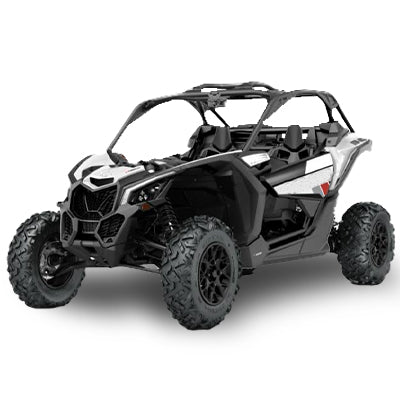
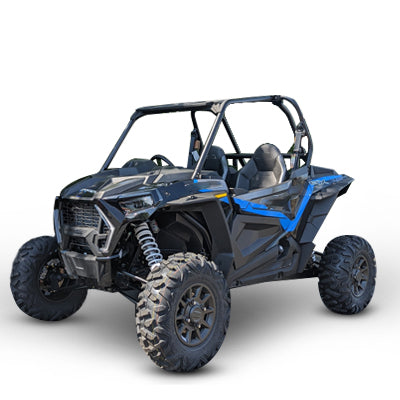
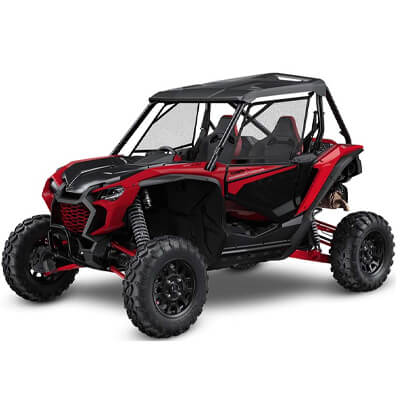
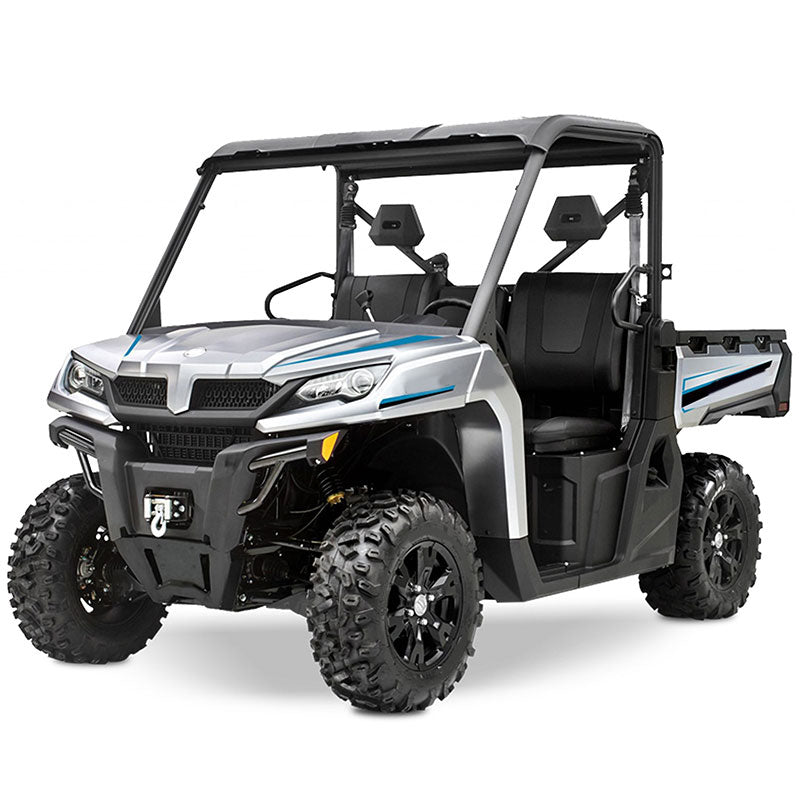
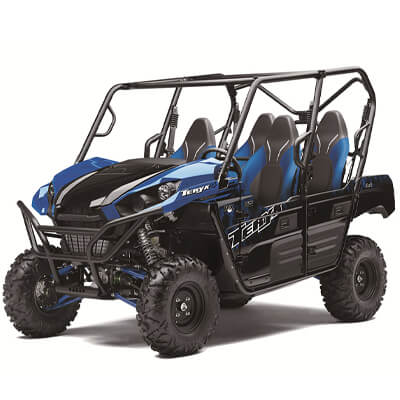
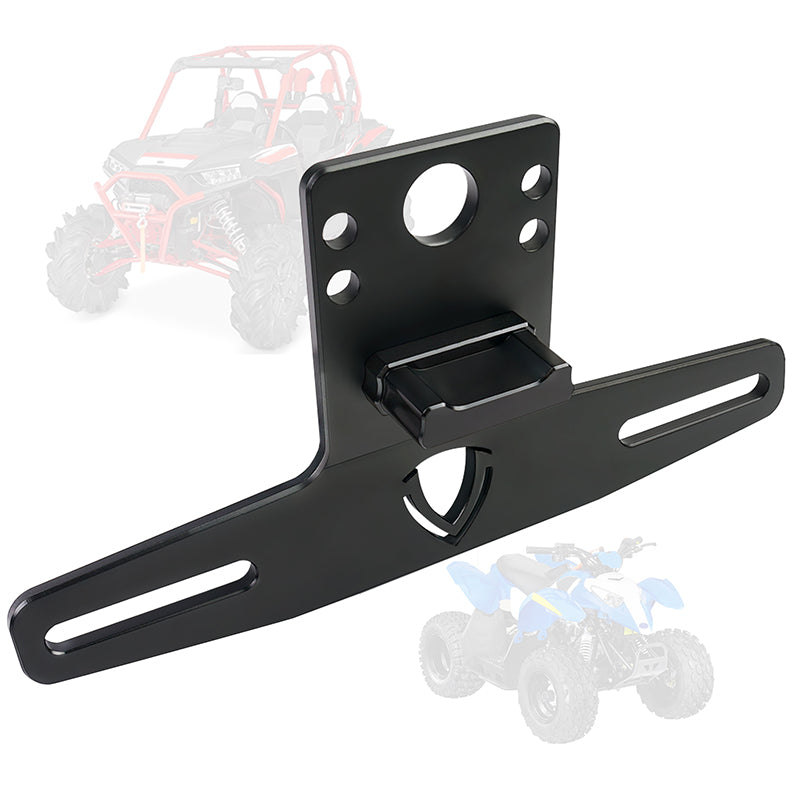
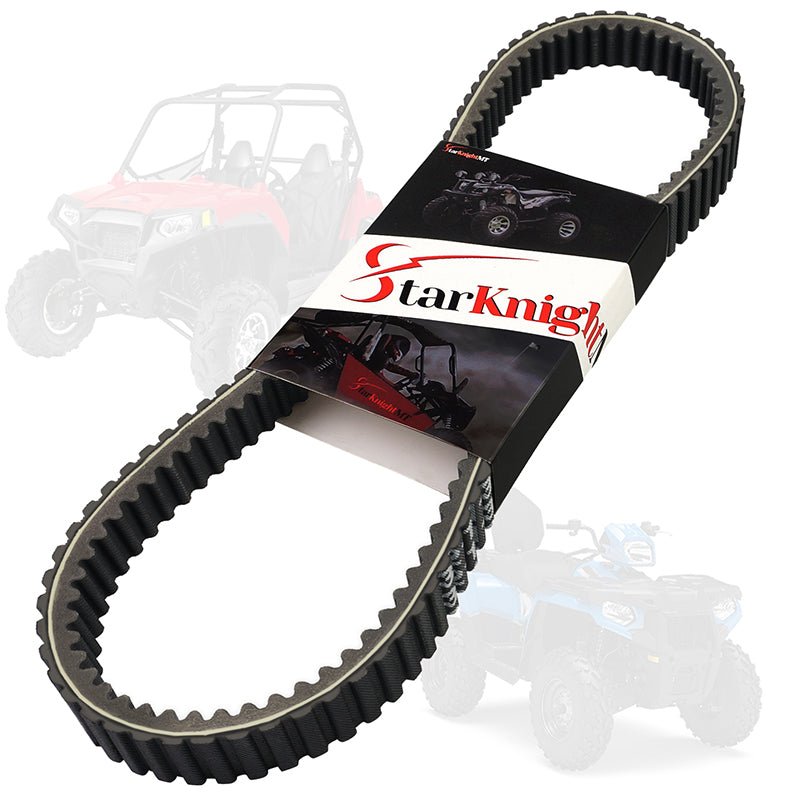





Leave a comment